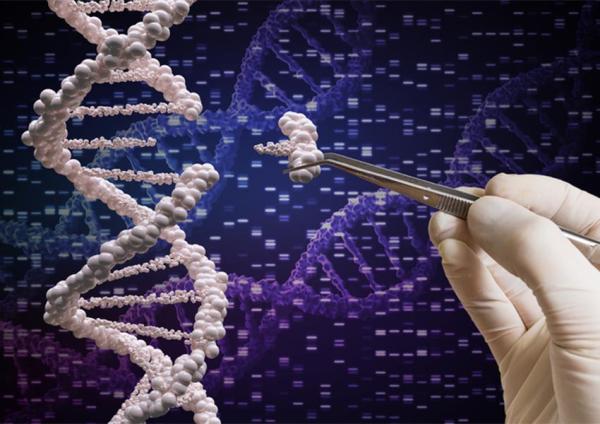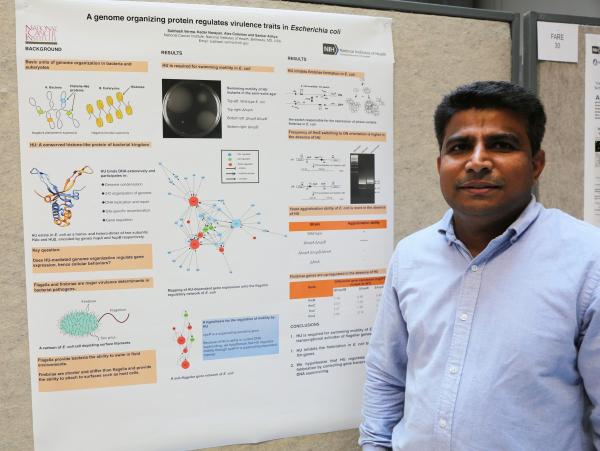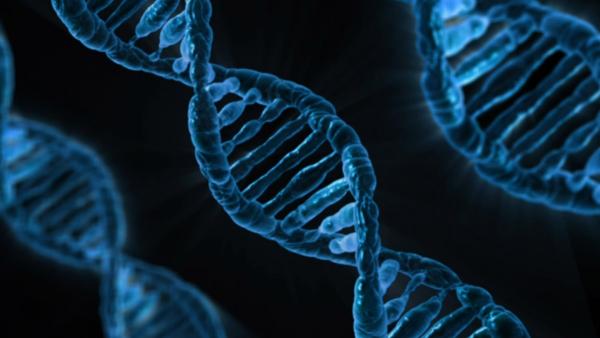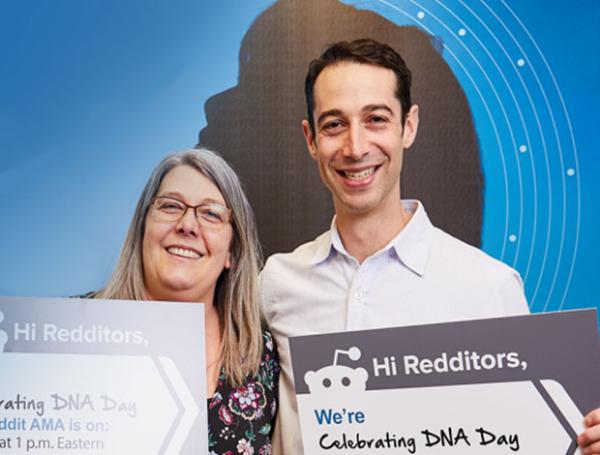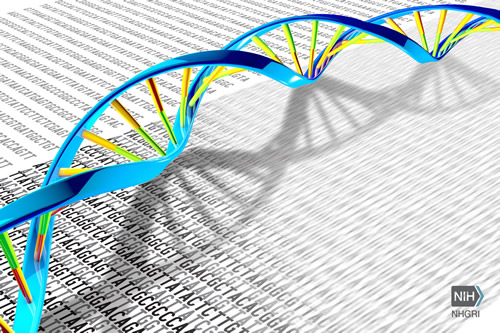Gene Editing Reveals Potential Cancer Treatment Target
Scientists Parse Wide-Ranging Effects of Endometrial Cancer Mutation
The so-called ‘butterfly effect’ supposes that a butterfly flapping its wings in Brazil can cause a tornado in Texas. While the jury is still out on insect-induced natural disasters, it is clear that a single genetic mutation can have wide-ranging and unexpected consequences throughout a cell. By examining the ripple effects caused by changes in a particular gene, IRP researchers have identified a potential treatment target for a particularly deadly variety of cancer.

